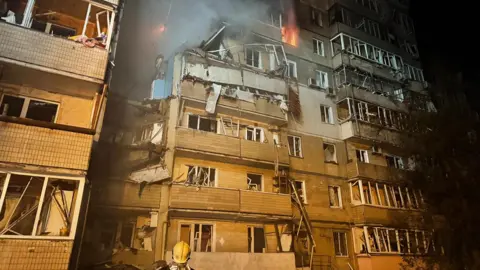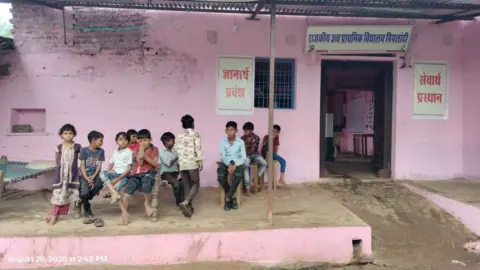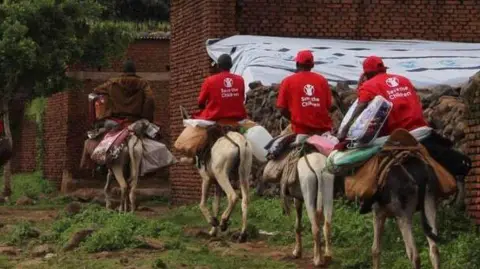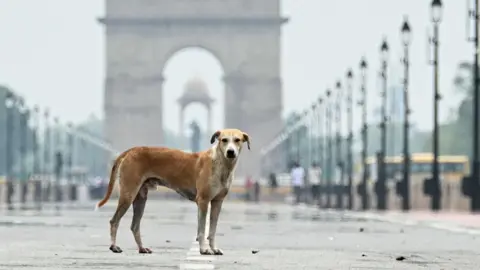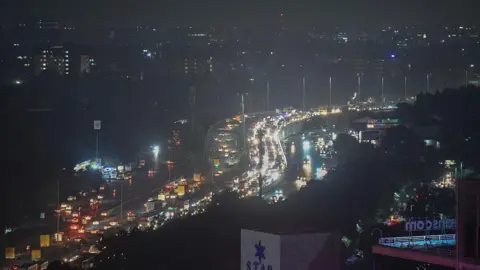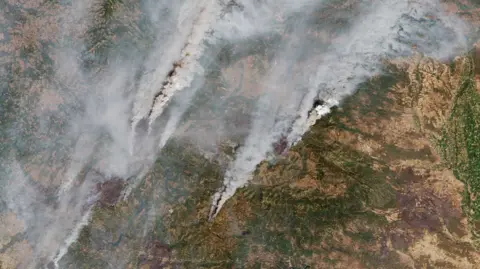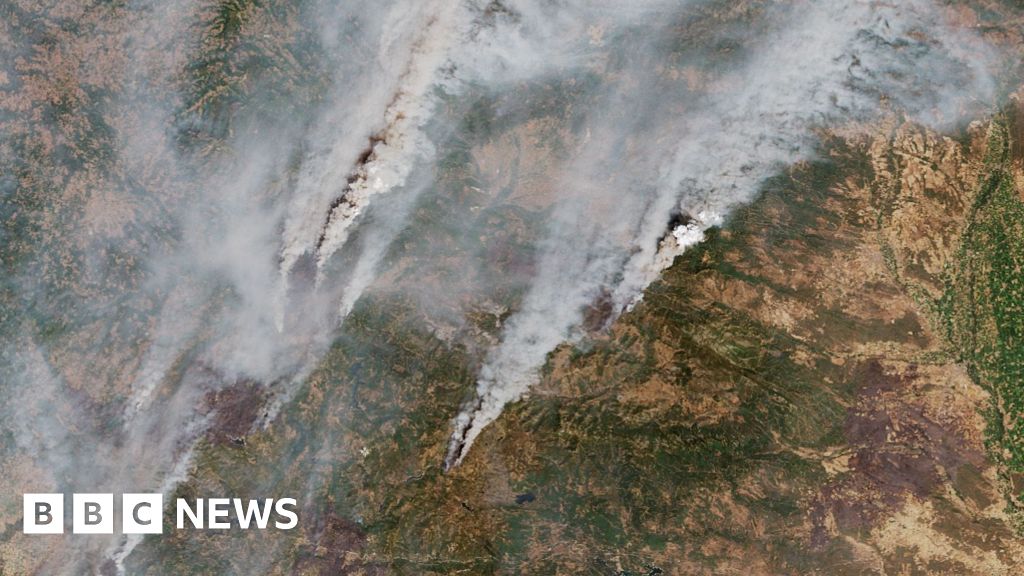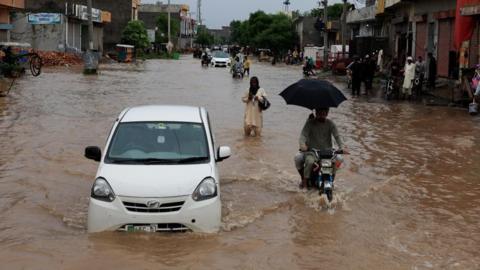Heavy rains last month caused widespread flooding in Mumbai, prompting the question, "Who is responsible for this mess?" Thousands of residents were left stranded and frustrated as the city came to a standstill before the monsoon had fully set in. Roads became rivers, vehicles broke down mid-commute, and low-lying neighbourhoods faced severe waterlogging. Even a newly constructed underground metro station succumbed to the heavy rains, as viral images of muddy water flooding the station highlighted the city's frail infrastructure and sparked outrage on social media.
The Brihanmumbai Municipal Corporation (BMC), responsible for Mumbai's infrastructure, initially blamed the flooding on waste clogging the drains and debris from ongoing metro construction. Following criticism, the BMC took immediate measures—installing de-watering pumps and clearing drainage waste to alleviate the flooding. However, for many residents, these actions felt belated.
The flooding crisis is not unique to Mumbai; cities across India—from Delhi in the north to Bengaluru in the south—experience similar monsoon-related troubles annually. Roads collapse, drains overflow, and traffic comes to a halt, all exacerbated by rapid urbanization, outdated infrastructure, and years of neglect regarding environmental stewardship.
Experts like architect and urban planner Dikshu Kukreja argue that the pace of urban expansion far outstrips the development of supporting infrastructure, especially for water and drainage systems. Many cities depend on outdated frameworks established decades ago, and rapid growth has resulted in the destruction or neglect of natural drainage channels, wetlands, and water bodies that previously managed excess rainfall.
India typically receives around 80% of its annual rainfall during the monsoon season, which runs from June to September—a crucial period for agriculture that sustains millions of farmers. However, climate change has induced erratic weather patterns, including unseasonal rains, flash floods, and extreme heat-related droughts, impacting communities across the country.
This year's monsoon arrived unexpectedly early in southern India due to a depression in the Arabian Sea, leaving authorities unprepared. In Delhi, the Minto bridge has become a recurring symbol of the city's monsoon challenges, often witnessing stranded vehicles trapped by floodwaters.
Bengaluru, once celebrated for its network of lakes that absorbed excess rainfall, is now vulnerable due to encroached water bodies being replaced by commercial complexes and residential buildings. Local conservation activist Ram Prasad explains that these valleys, previously no-construction zones, have been exploited for development, causing the previously flood-resistant areas to worsen in recent years. The conversion of lakes into urban structures has eliminated natural barriers to flooding.
Experts attribute these urban flooding challenges to systemic failures, including poor city planning that neglects future climate challenges, compounded by inadequate regulation enforcement. Political responses tend to be reactionary, rather than proactive in building resilience ahead of potential disasters.
The impact of monsoon flooding isn't limited to major cities; smaller towns often face severe consequences. Recently, heavy rains in northeastern India have resulted in over 30 fatalities from flooding and landslides, with rescue operations underway for tens of thousands affected.
So, what can be done to mitigate this dangerous trend? Kukreja believes that a long-term, coordinated strategy is essential. The implementation of mapping technologies and real-time risk alerts can better inform communities about high-risk zones. Predictive models should also guide authorities in effective disaster responses.
India's cities require more than temporary fixes like de-watering pumps; they need forward-thinking urban planning and community engagement to secure resilience against the inevitable floods that the monsoon season brings.








